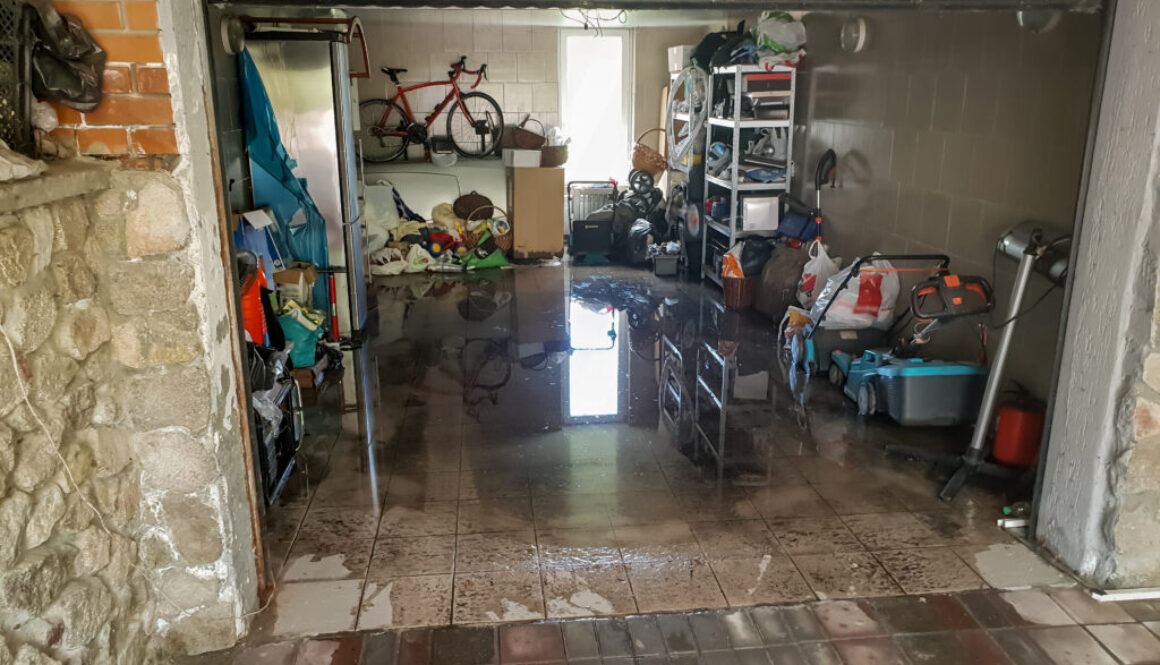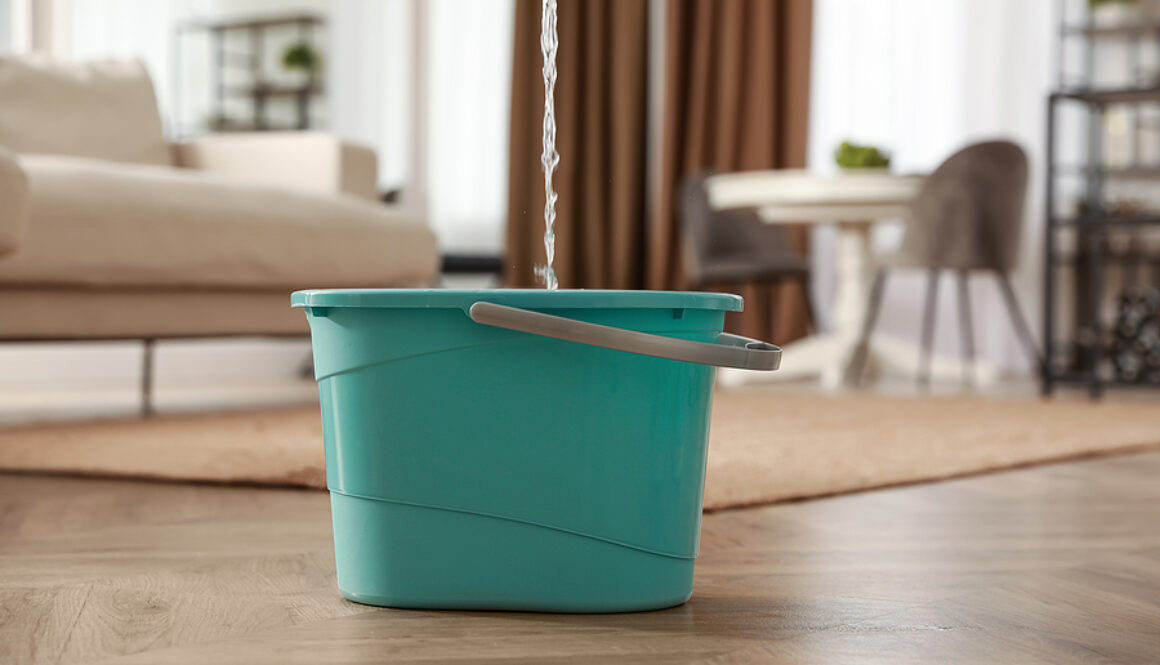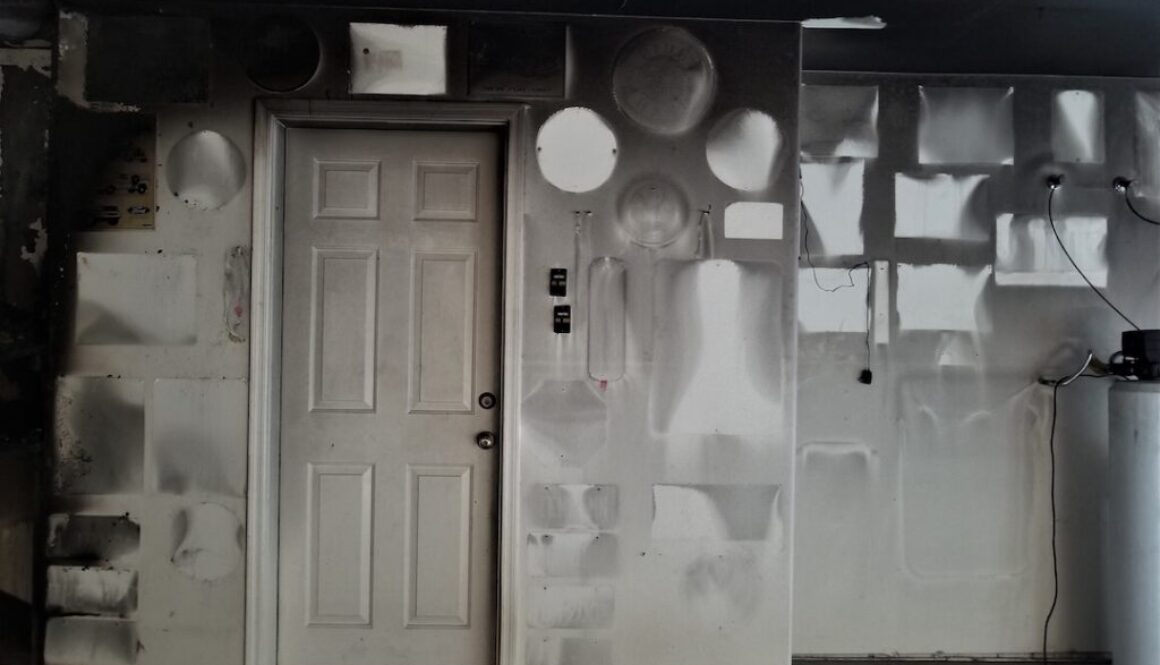How To Protect Your Home During Summer Flooding
As a homeowner, it’s crucial to be proactive in protecting your home during the summer months when the risk of flooding is high. With increased rainfall summer poses a higher threat of flood damage than other seasons. Understanding the risks of summer flooding can help you protect your home if a flood happens in your area.
Why Summer Has A Higher Flood Risk
Summer brings several factors that increase the risk of flooding. First, the summer months often have more rainfall, which can overwhelm drainage systems and lead to local flooding. Further, the Atlantic hurricane season peaks during summer, bringing heavy rain and potential storm surge, resulting in widespread flooding across the region. Finally, sudden and intense summer thunderstorms can trigger flash flooding, particularly in areas with inadequate drainage. Being aware of these summer risks helps you take proactive steps to protect against potential flood damage.
How Summer Flooding Can Damage Your Home
There are many ways summer flooding damages your home, including:
- Structural Damage: Floodwaters can compromise the structural integrity of your home, leading to foundation issues, wall damage, and even structural collapse.
- Electrical System Damage: Water infiltration can damage electrical systems, posing a risk of electrical hazards, short circuits, and fires.
- Mold Growth: Excess moisture from flooding creates an ideal environment for mold and mildew, leading to potential health problems and costly mold remediation.
- Toxic Contamination: Floodwaters can carry contaminants, such as bacteria, chemicals, and sewage, posing health risks and requiring professional cleaning and disinfection.
- Damaged Appliances: Floodwaters can irreparably damage appliances, heating, ventilation, and air conditioning (HVAC) systems, resulting in expensive replacements.
- Disruption Of Utilities: Flooding can disrupt essential utilities, such as water supply, electricity, and gas, making your home temporarily uninhabitable.
- Erosion: The force of floodwaters can erode the soil around your home, affecting the stability of the foundation and landscaping.
Although not all damage from flooding is preventable, you can take steps to reduce damage.
Six Steps To Protect Your Home From Summer Flooding
Taking proactive measures is essential to safeguard your home from summer floods:
- Understand The Risk To Your Home: Research your area’s flood zone maps and the likelihood of flooding. Stay updated on weather forecasts and local flood warnings.
- Secure Important Documents: Store important documents, such as insurance policies, identification papers, and financial records, in a waterproof and easily accessible location.
- Maintain Gutters: Clear debris from gutters and ensure downspouts direct water more than six feet away from the foundation. This prevents water from pooling around your home.
- Install Sump Pump and Backflow Valves: Consider installing a sump pump to remove excess water. Additionally, install backflow valves on sewer lines to prevent sewage backup during floods.
- Elevate Valuables: Raise valuable items, including electronics, appliances, and furniture, above the potential flood level. Consider using sturdy shelving or moving things to the upper floors.
- Seal Foundation Cracks: Inspect your home’s foundation for cracks and seal them with appropriate sealants to prevent water seepage.
While these steps are essential for flood protection, it is crucial to remember that flooding can still occur despite all precautions. In the event of a summer flood, immediate action is necessary.




 Basements get flooded for many different reasons. Most water damage is derived from broken sub pumps and frozen pipes. Will this be covered by your insurance company? Yes is the answer, but it all depends on your claim getting reported to your insurance company.
Basements get flooded for many different reasons. Most water damage is derived from broken sub pumps and frozen pipes. Will this be covered by your insurance company? Yes is the answer, but it all depends on your claim getting reported to your insurance company.